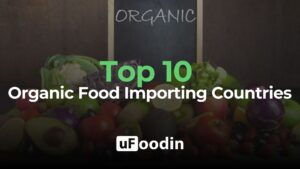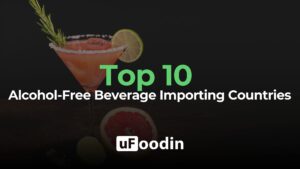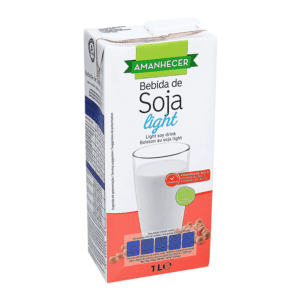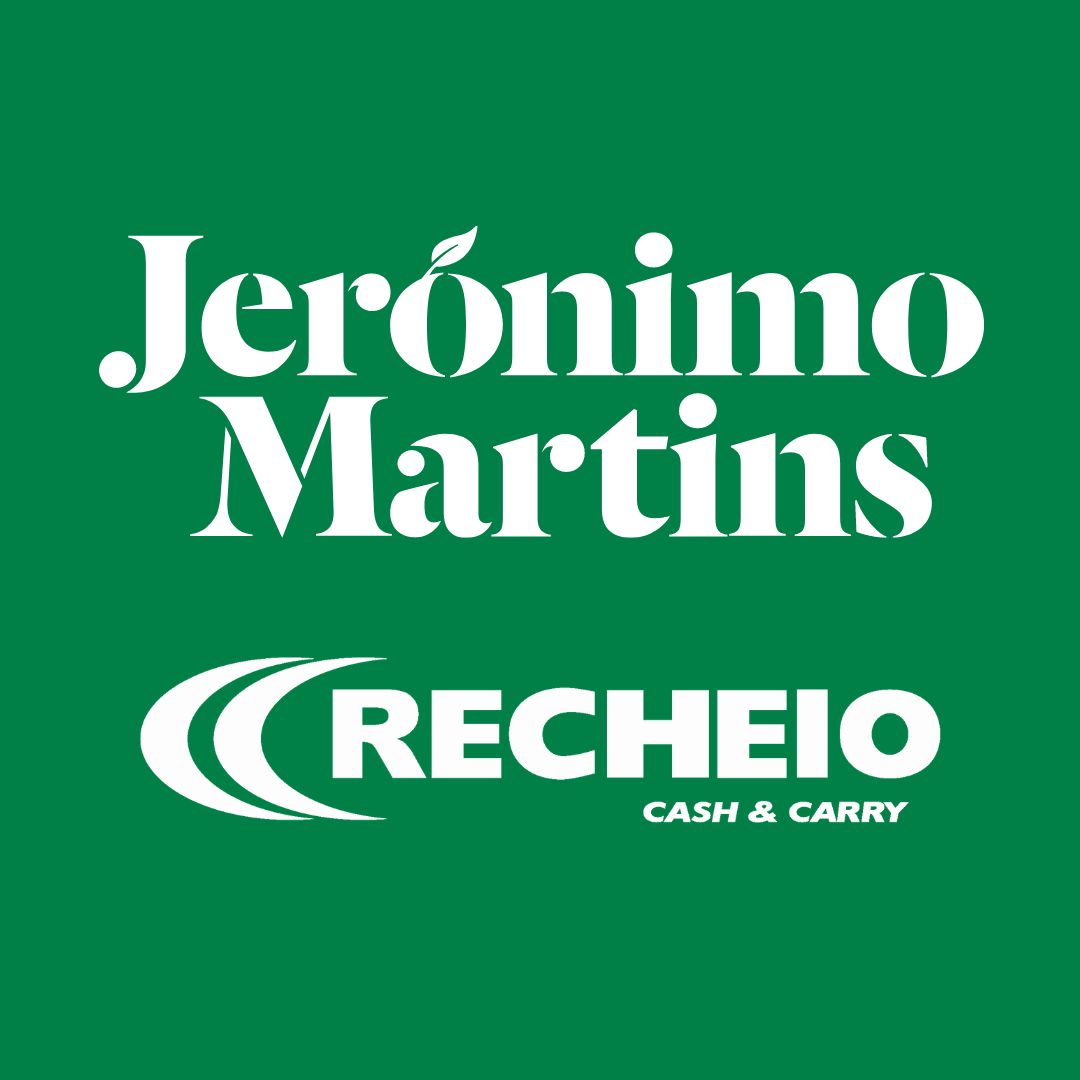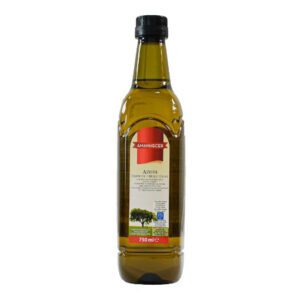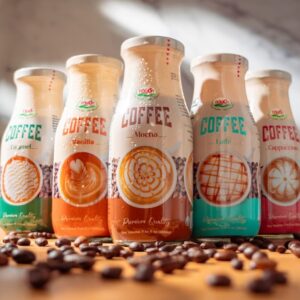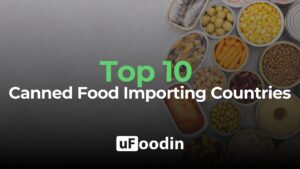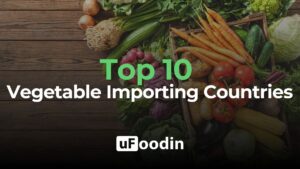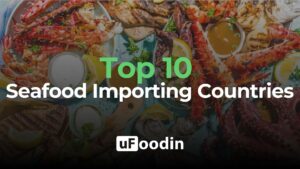
Top 10 Coffee-Producing Companies
Coffee is more than just a beverage—it’s an integral part of global culture, a key economic driver, and a lifeline for millions worldwide. The global coffee market, valued at approximately $126 billion in 2022, is projected to reach $151 billion by 2030, growing at a compound annual growth rate (CAGR) of 3.7%. This growth is fueled by increasing consumption, premiumization, and the expanding popularity of ready-to-drink coffee beverages.
Production Scale: Coffee ranks among the world’s most traded agricultural commodities, with an estimated 10.2 million metric tons produced annually. Brazil, Vietnam, and Colombia are the top coffee-producing nations, accounting for over 60% of global production.
Consumption Trends: The global population drinks approximately 2 billion cups of coffee every day, with Europe leading per capita consumption, followed by North America and Asia.
Economic Significance: The coffee industry supports the livelihoods of over 25 million farmers, with smallholder farms producing the majority of the world’s coffee beans.
As coffee remains a cornerstone of the global economy, the companies that dominate its production and distribution play a critical role in shaping trends, driving sustainability, and meeting evolving consumer demands. This article spotlights the Top 10 coffee-producing companies that set the benchmark in innovation, sustainability, and global influence.
The Importance of Coffee in the Global Market
Coffee is not just a beverage; it is an economic powerhouse and cultural cornerstone with a profound global impact.
1. Economic Impact
- The global coffee industry supports more than 25 million farmers, primarily in developing nations such as Brazil, Vietnam, and Colombia.
- The sector’s value is estimated at $126 billion in 2022, with projections to reach $151 billion by 2030, growing at a 3.7% CAGR.
- Coffee remains the second most traded commodity in the world, only after crude oil, underpinning its importance in international trade.
2. Cultural Influence
Coffee transcends borders and unites cultures, serving as both a daily ritual and a social experience. From Italy’s espresso bars to the rise of specialty cafes in the United States, coffee adapts to local traditions while maintaining its universal appeal.
3. Export and Consumption Trends
- Production: Over 10.2 million metric tons of coffee are produced annually, with Brazil alone accounting for more than 35% of the total output.
- Import and Consumption: The United States and Europe remain the largest coffee consumers, with emerging markets such as China, South Korea, and India showing significant growth in demand.
- Specialty Coffee Growth: The specialty coffee market, including single-origin and organic blends, is projected to grow at a CAGR of over 5% through 2030, driven by consumer preference for premium products.

1. Nestlé
Headquarters: Vevey, Switzerland
Why It Stands Out:
Nestlé dominates the coffee industry with brands like Nescafé and Nespresso, catering to both instant coffee lovers and premium segment enthusiasts. The company invested over $1 billion in sustainability initiatives to support farmers and reduce its environmental footprint.
Market Presence: Operates in 190 countries, making it the largest coffee producer globally.
Key Innovation: The Nespresso Recycling Program, which recycles over 30% of used aluminum capsules globally.
2. JAB Holding Company
Headquarters: Luxembourg
Why It Stands Out:
With a diverse portfolio that includes Peet’s Coffee, Jacobs Douwe Egberts (JDE), and Keurig Dr Pepper, JAB Holding Company caters to consumers across price points and preferences.
Market Share: Controls 25% of the global coffee market through its subsidiaries.
Key Innovation: Advanced brewing systems for homes and offices, such as the Keurig K-Cup machines.
3. Starbucks Corporation
Headquarters: Seattle, USA
Why It Stands Out:
Starbucks has over 35,000 locations worldwide, making it the largest coffeehouse chain globally. Its C.A.F.E. Practices program ensures sustainable and ethical sourcing from more than 400,000 farmers.
Annual Revenue: Generated over $32 billion in 2022 from coffee sales alone.
Key Innovation: Launched Starbucks Reserve Roasteries, blending premium coffee experiences with immersive retail spaces.
4. Lavazza Group
Headquarters: Turin, Italy
Why It Stands Out:
Lavazza exports to over 140 countries, blending Italian tradition with modern sustainability practices. Its Lavazza Foundation has invested over €10 million in farmer education and eco-friendly farming practices.
Market Leadership: Commands 36% of the Italian coffee market.
Key Innovation: Development of compostable coffee pods to reduce waste.
5. The J.M. Smucker Company
Headquarters: Orrville, USA
Why It Stands Out:
Famous for brands like Folgers and Dunkin’ Donuts Coffee, J.M. Smucker leads in retail sales in the United States.
Market Share: Controls 40% of the U.S. retail coffee market.
Key Innovation: Diversification into cold brew and ready-to-drink coffee.
6. Tchibo GmbH
Headquarters: Hamburg, Germany
Why It Stands Out:
Tchibo is a leading coffee roaster in Europe, known for offering quality coffee alongside a variety of consumer goods.
Revenue: Generated over €4 billion in 2022.
Key Innovation: The Qbo Coffee System, an eco-friendly and customizable brewing solution.
7. Illycaffè
Headquarters: Trieste, Italy
Why It Stands Out:
Illy is renowned for its premium coffee blends and focus on sustainability. It directly sources beans from farmers in over 25 countries, ensuring quality and traceability.
Sustainability Milestone: Became B Corp certified, a testament to its commitment to ethical and sustainable practices.
Key Innovation: Introduction of low-impact capsules and reusable systems.
8. Strauss Coffee
Headquarters: Petah Tikva, Israel
Why It Stands Out:
Strauss Coffee, known for brands like Elite Coffee, is a major player in Eastern Europe and Brazil, with a focus on locally tailored products.
Production: Operates 14 coffee production plants globally.
Key Innovation: Region-specific blends to cater to diverse consumer tastes.
9. Tata Consumer Products
Headquarters: Mumbai, India
Why It Stands Out:
Tata owns Tata Coffee and a significant stake in Starbucks India, positioning itself as a leader in the growing Asian coffee market.
Production Scale: Operates the largest integrated coffee plantation in India.
Key Innovation: Use of technology to digitize plantation management and improve yield.
10. UCC Ueshima Coffee Co.
Headquarters: Kobe, Japan
Why It Stands Out:
UCC dominates the Asian coffee market with a wide range of products, including instant coffee, roasted beans, and ready-to-drink beverages.
Global Presence: Exports to over 60 countries.
Key Innovation: Partnered with farmers in Southeast Asia to develop high-quality specialty coffee.

For Small and Medium-Sized Businesses (SMBs)
While multinational giants dominate the coffee market, small and medium-sized businesses (SMBs) are pivotal in shaping its future through innovation and specialization. By leveraging agility and niche expertise, SMBs can position themselves as vital contributors to the global coffee ecosystem.
1. Driving Innovation
SMBs often lead the charge in developing specialty coffee blends, adopting direct trade practices, and creating eco-friendly packaging. Their ability to pivot and experiment allows them to cater to emerging niche markets, such as single-origin coffee, organic beans, and plant-based alternatives.
2. Sustainability Focus
Many SMBs prioritize sustainable practices, building direct relationships with farmers to ensure ethical sourcing. These efforts resonate with consumers who demand transparency and environmentally responsible products. By emphasizing sustainability, SMBs can attract buyers willing to pay a premium for ethically produced goods.
3. Leveraging Technology and Platforms
Digital tools like uFoodin Marketplace empower SMBs to connect with global buyers and showcase their products effectively. These platforms reduce barriers to entry by offering features like product showcases, targeted marketing, and year-round visibility, enabling smaller players to compete on an international scale.
4. Niche Market Opportunities
By focusing on quality over quantity, SMBs can tap into high-margin markets. Artisanal coffee, cold brews, and functional blends are examples of products that cater to sophisticated and health-conscious consumers. These niches allow SMBs to differentiate themselves and build loyal customer bases.
These insights show that while coffee giants dominate in scale, SMBs excel in innovation, sustainability, and agility. Platforms like uFoodin Marketplace enable SMBs to maximize visibility, forge global connections, and compete effectively in a competitive industry.
uFoodin Editorial Team
Bibliography

